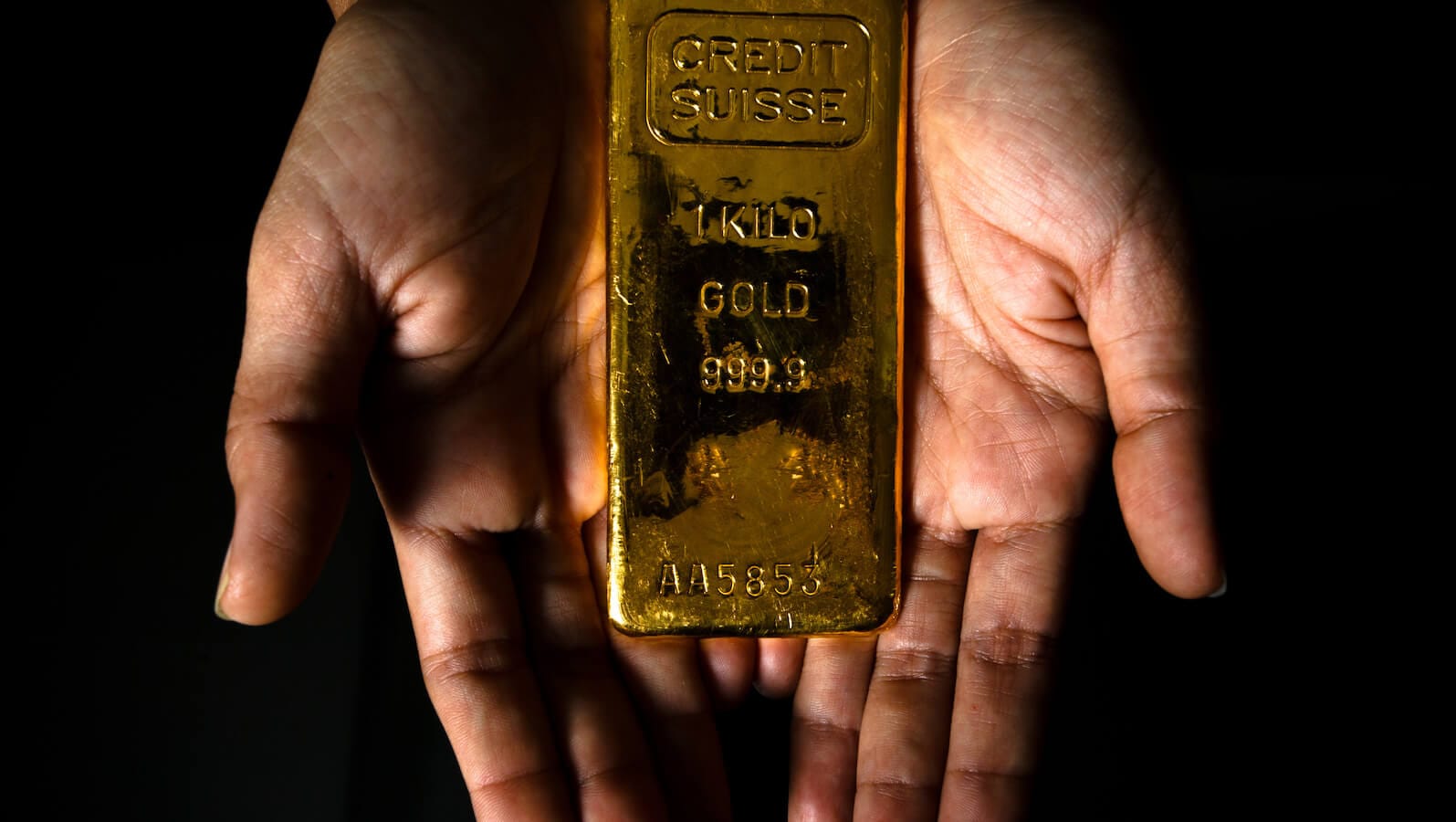WHY A RISING YEN THREATENS GLOBAL CARRY TRADE -- THE YEN IS RISING AGAINST ALL MAJOR CURRENCIES -- GLOBAL STOCKS QUOTED IN YEN WEAKEN
LAND OF THE RISING YEN ... Last August 14, I showed this same chart with a warning that the rising Japanese yen threatened the global carry trade. At the time, the yen/dollar chart was just breaking through its two-year down trendline (see circle). Since then the chart has gotten a lot stronger. As of today, the yen is trading at the highest level against the dollar in two and a half years. That may not seem so important because the U.S. Dollar has been the world's weakest currency. As I pointed out last August, however, the yen has started rising against all of the world's major currencies. Here's why that's important. For the past few years, traders have been borrowing cheap yen at a cost close to zero percent and have been reinvesting those proceeds in other areas of the world. [In effect, they've been selling the yen short and to buy assets in other higher-yielding countries]. It's believed that the so-called "carry trade" has financed the boom in global assets in recent years. That's why the recent yen rally carries a warning. Those same traders may now have to start buying back their yen shorts and selling assets elsewhere.

Chart 1
YEN RALLIES AGAINST THE EURO AND POUND... The Euro remains one of the world's strongest currencies, and has been rising against the Japanese yen for several years. Chart 2 shows, however, that the yen/Euro trade has stabilized since last July and has today broken out to the highest level in four months (circle). That means that the yen is now rising faster than the Euro. The British Pound has gone from one of the strongest to one of the weakest European currencies. Chart 3 shows the yen trading at a new 52-week high against the Pound.

Chart 2

Chart 3
AUSSIE AND CANADIAN DOLLARS FALL AGAINST THE YEN ... Two of the strongest currencies (relative to the yen) over the years have been the Australian and Canadian Dollars. The yen is strengthening against both of those two as well. Chart 4 shows the yen trading near a four-month high versus the Australian Dollar. The yen/Canadian Dollar trade in Chart 5 is close a nine-month high. All of those charts suggest that the yen may be transitioning from the world's weakest currency to one of the strongest. If that trend continues, the yen may stop "carrying" the global bull market in stocks on its back.

Chart 4

Chart 5
THE WORLD LOOKS WEAKER IN YEN TERMS ... Chart 6 turns things around a bit, but is intended to show what a rising yen could mean for global stocks. The red line is the EAFE iShares and the blue line is the Euro. Both are plotted in terms of the Japanese yen, which is the black zero line. [In other words, the two lines are EAFE/yen and Euro/Yen ratios]. Plotting the lines this way reveals a positive correlation between global stocks and the Euro over the last two years (when both are quoted in yen). It looks like the Euro peaked against the yen last July just as global markets started to weaken (see arrows). When quoted in yen, EAFE iShares have already undercut their August low. So what does that mean? The world looked a lot stronger as long as rising stocks were being financed by a weak yen. With the yen no longer so cheap, global stocks are starting to look weaker. The fact that global currencies are now falling against the yen for the first time in years suggests that global stocks (quoted in those same currencies) may suffer as a result. Unfortunately, the country with the weakest currency is the U.S.

Chart 6








